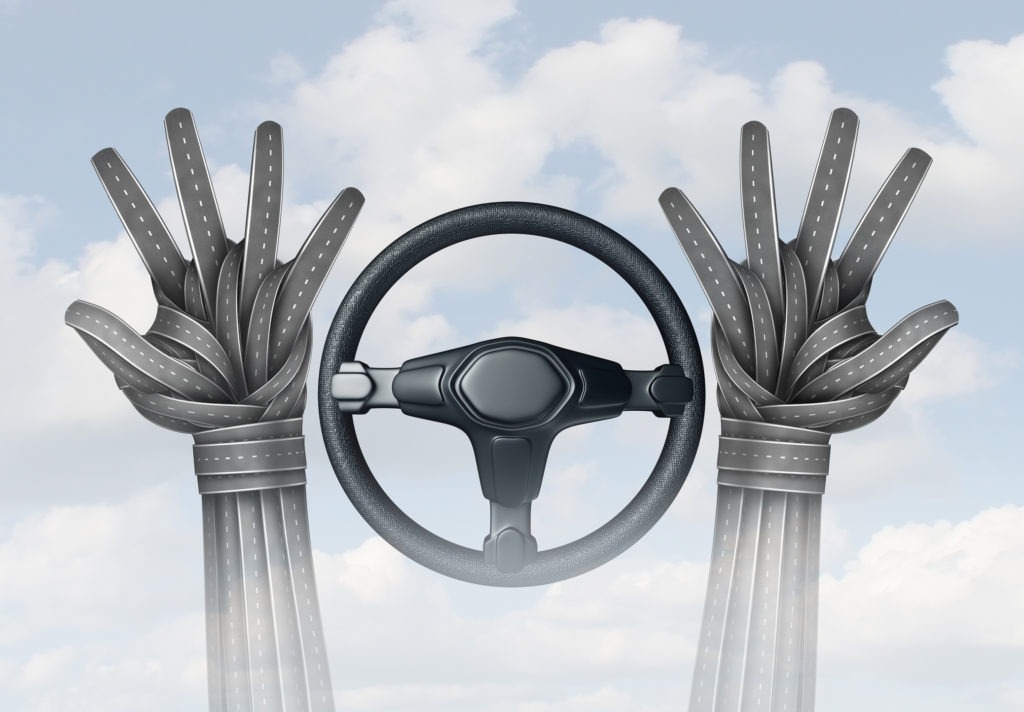BMW sees chance for full autonomy by 2021, but timelines of players diverge
17 March 2017

17 March 2017
BMW has confirmed it has ′the chance’ to deliver a self-driving car with complete Level 5 autonomy by 2021, according to its senior vice president for autonomy Elmar Frickenstein. This matches the date of their upcoming next-generation flagship, the iNext – a collaboration with Mobileye.
However, as the turning point looms around 2020 for when self-driving moves from concept tech to serious deployment, a timeline split is developing between more careful established players and assertive new challengers. Issues beyond the tech’s capability also weigh on the date of its deployment.
As usual, Tesla is the most bullish, saying it is already ready for full autonomy, if only it were allowed to do so. This is despite several high-profile crashes last year.
The next closest deadlines come from challenger Nvidia, now aggressively competing against Intel’s Mobileye. It expects its Level 3 autonomous chips to be available in cars by 2018, with Level 4 following by 2019. Level 5 autonomy requires no human intervention under any scenario, whereas at lower forms, Level 3 requires a steering wheel for the driver to take over in case of a problem. Level 4 means the car can drive itself in most environments. Most cars currently on the road are below these at Level 2.
This Level 4 Nvidia 2019 deadline is in time for the typical 2020 self-imposed deadlines of OEMs. Volvo, Audi and Ford aim to have Level 5 autonomous cars on the road by 2020 or 2021.
BMW too hopes to reach Level 4, or even Level 5, autonomy by 2021, but is most confident about achieving Level 3 by then. Its head of autonomous driving Elmar Frickenstein said it is in progress to deliver a Level 3 autonomous car by 2021, but could actually produce Level 4 or 5 autonomous cars in the same year. He said: ′We believe we have the chance to make level three, level four and level five doable.’ He added to Reuters that ‘the decision on which levels to release would depend in part on the market, and that cars with more autonomy might first be produced in small batches for single fleets.’
Chipmaker Nvidia’s CEO Jen-Hsun Huang has also said carmakers may speed up their plans given technological advances and that fully self-driving cars could be on the road by 2025. However, Nvidia does not even agree with its partner Bosch, the world’s largest auto supplier, which gives a timeline as much as six years longer (2031) to reach full autonomy, and would not even be drawn on a time for when fully autonomous cars would be deployed.
Issues with full deployment go beyond technological capability. Three key issues remain unresolved, the first of these being the cost of the sensor technology autonomous cars require. The second is regulatory, relating to who is liable when a self-driving car has an accident. For this, a solution has been proposed in the UK. The third critical problem is guarding autonomous cars, which are in constant communication with the cloud and with each other, from hacking.
To add further doubt to the timelines about autonomous cars, Nvidia’s Huang predicted the deadlines of the more cautious players would speed up. He said: ‘In the near future, you’re going to see these schedules pull in’, as the race to full autonomy comes in sight.
The self-driving future is discussed in Autovista’s report The Autonomous Car.